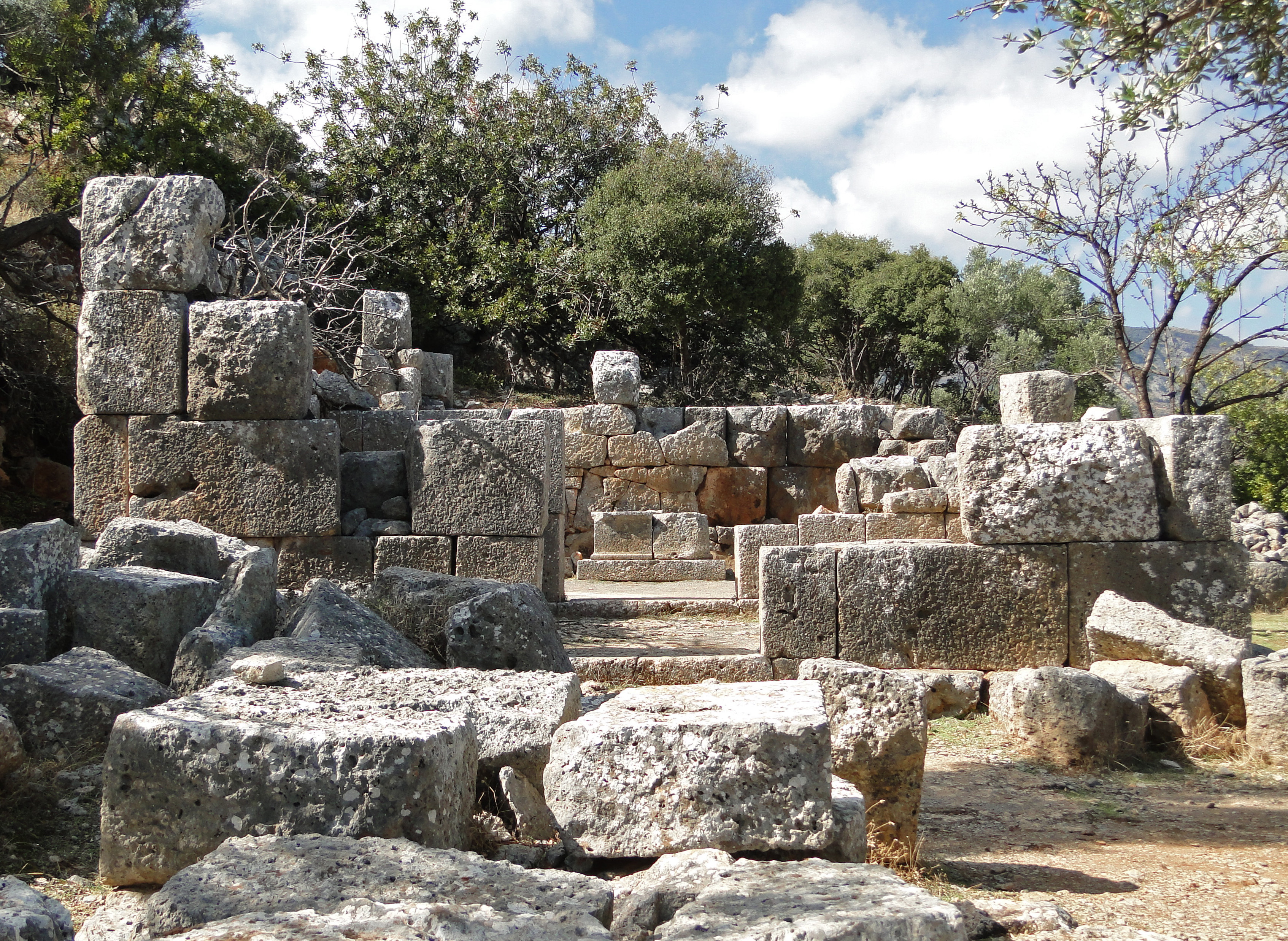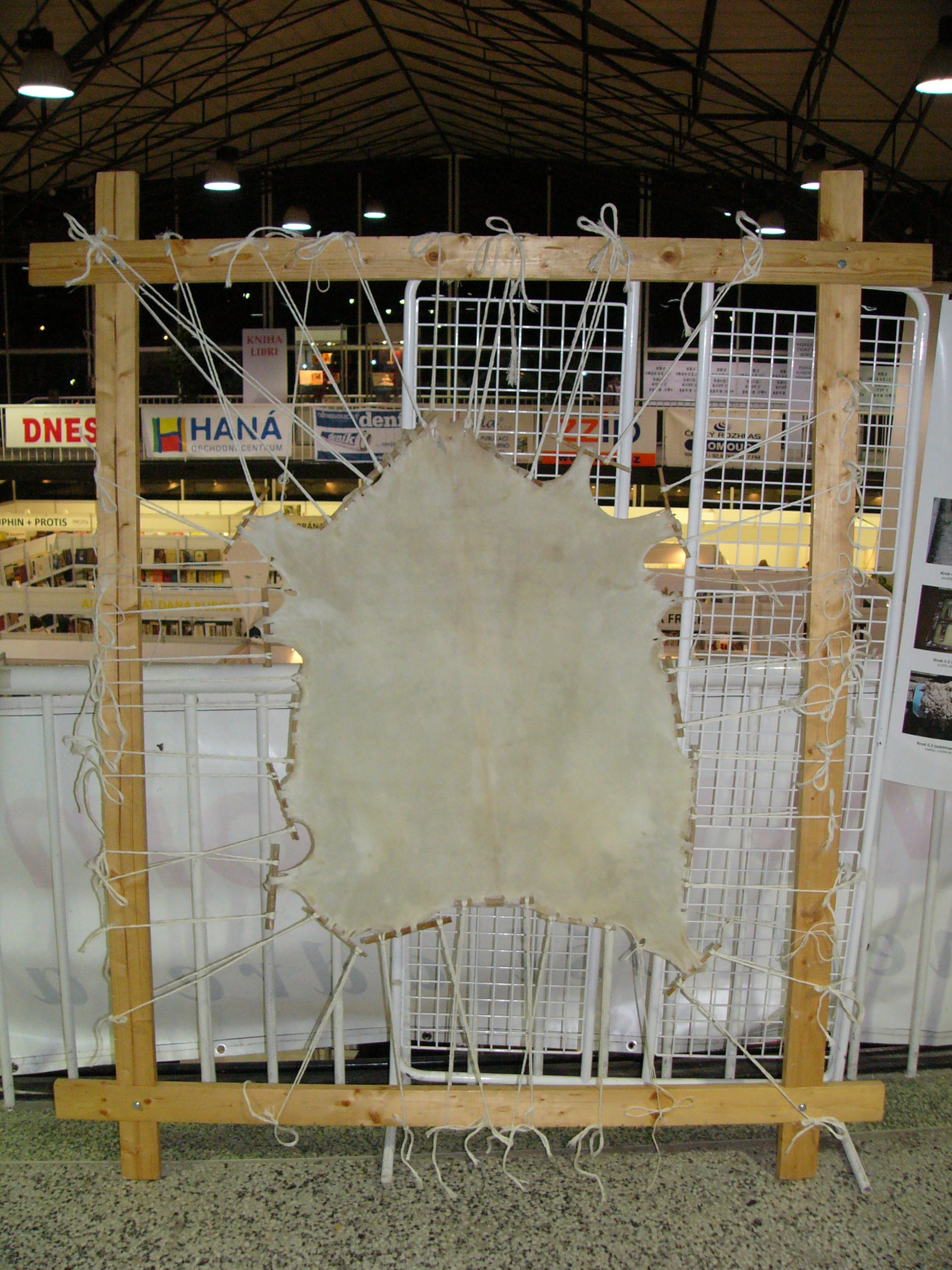|
Codicology
Codicology (; from French ''codicologie;'' from Latin , genitive , "notebook, book" and Greek , ''-logia'') is the study of codices or manuscript books. It is often referred to as "the archaeology of the book," a term coined by François Masai. It concerns itself with the materials, tools and techniques used to make codices, along with their features. The demarcation of codicology is not clear-cut. Some view codicology as a discipline complete in itself, while others see it as auxiliary to textual criticism analysis and transmission, which is studied by philology. Codicologists may also study the history of libraries, manuscript collecting, book cataloguing, and scribes, which otherwise belongs to the history of the book. Some codicologists say that their field encompasses palaeography, the study of handwriting, while some palaeographers say that their field encompasses codicology. The study of written features such as marginalia, glosses, ownership inscriptions, etc. falls ... [...More Info...] [...Related Items...] OR: [Wikipedia] [Google] [Baidu] |
Codex
The codex (: codices ) was the historical ancestor format of the modern book. Technically, the vast majority of modern books use the codex format of a stack of pages bound at one edge, along the side of the text. But the term ''codex'' is now reserved for older manuscript books, which mostly used sheets of vellum, parchment, or papyrus, rather than paper. By convention, the term is also used for any Aztec codex (although the earlier examples do not actually use the codex format), Maya codices and other pre-Columbian manuscripts. Library practices have led to many European manuscripts having "codex" as part of their usual name, as with the Codex Gigas, while most do not. Modern books are divided into paperback (or softback) and those bound with stiff boards, called hardbacks. Elaborate historical bindings are called treasure bindings. At least in the Western world, the main alternative to the paged codex format for a long document was the continuous scroll, which was the ... [...More Info...] [...Related Items...] OR: [Wikipedia] [Google] [Baidu] |
Manuscript
A manuscript (abbreviated MS for singular and MSS for plural) was, traditionally, any document written by hand or typewritten, as opposed to mechanically printed or reproduced in some indirect or automated way. More recently, the term has come to be understood to further include ''any'' written, typed, or word-processed copy of an author's work, as distinguished from the rendition as a printed version of the same. Before the arrival of prints, all documents and books were manuscripts. Manuscripts are not defined by their contents, which may combine writing with mathematical calculations, maps, music notation, explanatory figures, or illustrations. Terminology The word "manuscript" derives from the (from , hand and from , to write), and is first recorded in English in 1597. An earlier term in English that shares the meaning of a handwritten document is "hand-writ" (or "handwrit"), which is first attested around 1175 and is now rarely used. The study of the writing ( ... [...More Info...] [...Related Items...] OR: [Wikipedia] [Google] [Baidu] |
History Of Books
The history of books begins with the invention of writing, as well as other inventions such as paper and printing; this history continues all the way to the modern-day business of book printing. The earliest knowledge society has on the history of books actually predates what we came to call "books" in today's society, and instead begins with what are called either tablets, scrolls, or sheets of papyrus. The current format of modern novels, with separate sheets fastened together to form a pamphlet rather than a scroll, is called a codex. After this invention, hand-bound, expensive, and elaborate manuscripts began to appear in codex form. This gave way to press-printed volumes and eventually led to the mass-market printed volumes that are prevalent today. Contemporary books may even start to have less of a physical presence with the invention of the e-book. The book has also become more accessible to the disabled with the invention of Braille as well as audiobooks. The earliest ... [...More Info...] [...Related Items...] OR: [Wikipedia] [Google] [Baidu] |
Manuscript Culture
A manuscript culture is a culture that depends on hand-written manuscripts to store and disseminate information. It is a stage that most developed cultures went through in between oral culture and print culture. Europe entered the stage in classical antiquity. In early medieval manuscript culture, monks (or nuns) copied manuscripts by hand. They copied not just religious works, but a variety of texts including some on astronomy, herbals, and bestiaries. Medieval manuscript culture deals with the transition of the manuscript from the monasteries to the market in the cities, and the rise of universities. Manuscript culture in the cities created jobs built around the making and trade of manuscripts, and typically was regulated by universities. Late manuscript culture was characterized by a desire for uniformity, well-ordered and convenient access to the text contained in the manuscript, and ease of reading aloud. This culture grew out of the Fourth Lateran Council (1215) and the ... [...More Info...] [...Related Items...] OR: [Wikipedia] [Google] [Baidu] |
Stricto Sensu
''Sensu'' is a Latin word meaning "in the sense of". It is used in a number of fields including biology, geology, linguistics, semiotics, and law. Commonly it refers to how strictly or loosely an expression is used in describing any particular concept, but it also appears in expressions that indicate the convention or context of the usage. Common qualifiers ''Sensu'' is the ablative case of the noun ''sensus'', here meaning "sense". It is often accompanied by an adjective (in the same case). Three such phrases are: * – "in the strict sense", abbreviation ''s.s.'' or ''s.str.''; * – "in the broad sense", abbreviation ''s.l.''; * – "in a relaxed, generous (or 'ample') sense", a similar meaning to ''sensu lato''. Søren Kierkegaard uses the phrase ''sensu eminenti'' to mean "in the pre-eminent r most important or significantsense". When appropriate, comparative and superlative adjectives may also be used to convey the meaning of "more" or "most". Thus ''sensu stricto'' ... [...More Info...] [...Related Items...] OR: [Wikipedia] [Google] [Baidu] |
Lato Sensu
Lato () was an ancient city of Crete, the ruins of which are located approximately 3 km from the village of Kritsa. History The Dorian city-state was built in a defensible position overlooking Mirabello Bay between two peaks, both of which became acropolises to the city. Although the city probably predates the arrival of the Dorians, the ruins date mainly from the Dorian period (5th and 4th centuries BCE). The city was destroyed c. 200 BCE, but its port (Lato Etera or Lato pros Kamara), located near Agios Nikolaos was in use during Roman rule. This has led to the confusion: Stephanus of Byzantium, for example, quoted Xenion, a 3rd-century Cretan historian, repeating the latter's error that Kamara and Lato were one and the same. Modern scholarship distinguishes the two. The city most likely was named after the goddess Leto (of which Lato is the usual Doric form) and may be mentioned in Linear B tablets as RA-TO. [...More Info...] [...Related Items...] OR: [Wikipedia] [Google] [Baidu] |
Incunable
An incunable or incunabulum (: incunables or incunabula, respectively) is a book, pamphlet, or broadside that was printed in the earliest stages of printing in Europe, up to the year 1500. The specific date is essentially arbitrary, but the number of printed book editions exploded in the following century, so that all incunabula, produced before the printing press became widespread in Europe, are rare, where even some early 16th-century books are relatively common. They are distinct from manuscripts, which are documents written by hand. Some authorities on the history of printing include block books from the same time period as incunabula, whereas others limit the term to works printed using movable type. there are about 30,000 distinct incunable editions known. The probable number of surviving individual copies is much higher, estimated at 125,000 in Germany alone. Through statistical analysis, it is estimated that the number of lost editions is at least 20,000. Aro ... [...More Info...] [...Related Items...] OR: [Wikipedia] [Google] [Baidu] |
Parchment
Parchment is a writing material made from specially prepared Tanning (leather), untanned skins of animals—primarily sheep, calves and goats. It has been used as a writing medium in West Asia and Europe for more than two millennia. By AD 400 most literature in these regions that was intended for preservation began to be transferred from papyrus to parchment. ''Vellum'' is a finer-quality parchment made from the skins of young animals such as lambs and young calves. The generic term ''animal membrane'' is sometimes used by libraries and museums that wish to avoid distinguishing between parchment and vellum. Parchment and vellum Today the term ''parchment'' is often used in non-technical contexts to refer to any animal skin, particularly goat, sheep or cow, that has been scraped or dried under tension. The term originally referred only to the skin of sheep and, occasionally, goats. The equivalent material made from calfskin, which was of finer quality, was known as ''vellum'' ... [...More Info...] [...Related Items...] OR: [Wikipedia] [Google] [Baidu] |
Papyrus
Papyrus ( ) is a material similar to thick paper that was used in ancient times as a writing surface. It was made from the pith of the papyrus plant, ''Cyperus papyrus'', a wetland sedge. ''Papyrus'' (plural: ''papyri'' or ''papyruses'') can also refer to a document written on sheets of such material, joined side by side and rolled up into a scroll, an early form of a book. Papyrus was first known to have been used in Egypt (at least as far back as the First Dynasty of Egypt, First Dynasty), as the papyrus plant was once abundant across the Nile Delta. It was also used History of the Mediterranean, throughout the Mediterranean region. Apart from writing material, ancient Egyptians employed papyrus in the construction of other Artifact (archaeology), artifacts, such as reed boats, mats, rope, sandals, and baskets. History Papyrus was first manufactured in Egypt as far back as the third millennium BCE.H. Idris Bell and T.C. Skeat, 1935"Papyrus and its uses"(British Museum pam ... [...More Info...] [...Related Items...] OR: [Wikipedia] [Google] [Baidu] |
Epigraphy
Epigraphy () is the study of inscriptions, or epigraphs, as writing; it is the science of identifying graphemes, clarifying their meanings, classifying their uses according to dates and cultural contexts, and drawing conclusions about the writing and the writers. Specifically excluded from epigraphy are the historical significance of an epigraph as a document and the artistic value of a literature, literary composition. A person using the methods of epigraphy is called an ''epigrapher'' or ''epigraphist''. For example, the Behistun inscription is an official document of the Achaemenid Empire engraved on native rock at a location in Iran. Epigraphists are responsible for reconstructing, translating, and dating the trilingual inscription and finding any relevant circumstances. It is the work of historians, however, to determine and interpret the events recorded by the inscription as document. Often, epigraphy and history are competences practised by the same person. Epigraphy is ... [...More Info...] [...Related Items...] OR: [Wikipedia] [Google] [Baidu] |







